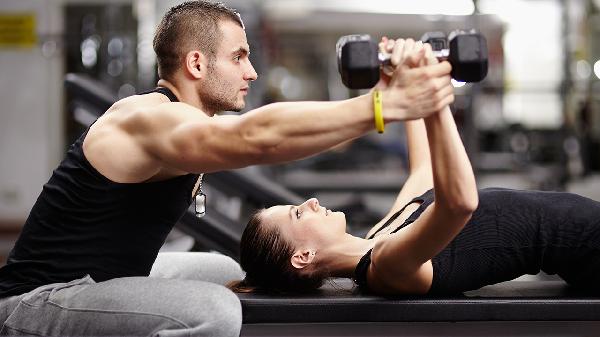The Copenhagen plank is more than just a flashy core exercise—it's a targeted movement designed to strengthen your often-neglected inner thighs while challenging your stability in a whole new way. Unlike traditional planks that primarily engage your abs, this Scandinavian-inspired variation forces your adductors to work overtime as they fight to keep your body aligned against gravity's pull. Whether you're an athlete looking to prevent groin injuries or just someone trying to build more balanced lower-body strength, this deceptively simple-looking move delivers serious results when performed correctly.
Why Your Adductors Deserve Attention
Most gym-goers focus on quads, hamstrings, and glutes while leaving their inner thighs as an afterthought—big mistake. Your adductors (the five muscles running along your inner thigh) play a crucial role in stabilizing your pelvis during dynamic movements like sprinting, jumping, or even walking upstairs. Weak adductors contribute to knee valgus (that annoying inward knee collapse during squats) and increase injury risks in sports involving lateral movements (looking at you, soccer players). Research from the University of Copenhagen shows that targeted adductor training reduces groin strain recurrence by 41% in athletes—hence why this exercise bears the Danish name. By incorporating Copenhagen planks, you're essentially armoring your hips against common imbalances that lead to chronic pain or pulled muscles.
Breaking Down the Mechanics
At first glance, the setup seems straightforward: assume a side plank position with your top leg elevated on a bench or plyo box. But the magic happens when you actively press your elevated leg downward while maintaining a straight line from shoulders to ankles. This dual-action forces your adductors to isometrically contract while your obliques and deep core muscles fire to prevent rotation. Physical therapists emphasize the importance of starting with a low bench height (12-18 inches) to master control before progressing. A common pitfall? Letting your hips sag or allowing your supporting arm to bear too much load—your adductors should feel like they're doing 80% of the work.
Progressions for Every Level
If the full Copenhagen plank feels like an impossible feat, try these smart regressions recommended by strength coaches: Start with a standing adductor squeeze using a yoga block or medicine ball between your thighs to activate the muscles. Next, attempt floor-based adductor slides—lie sideways with your top leg bent and foot flat on the floor while lifting your bottom leg against resistance bands. For intermediate exercisers, the "half Copenhagen" (bent knee variation) reduces leverage demands by allowing your bottom knee to stay grounded. Advanced athletes can intensify the move by adding ankle weights or performing dynamic reps where they pulse their elevated leg downward.
Unexpected Perks Beyond Stronger Thighs
While adductor strength is the star benefit, Copenhagen planks deliver a cascade of secondary advantages. They improve single-leg stability, which translates to better balance during unilateral exercises like lunges or pistol squats. The anti-rotational demand enhances proprioception (your body's spatial awareness), reducing awkward missteps during agility drills. Many lifters report improved squat depth as their adductors become better at eccentrically controlling descent. Bonus: The oblique engagement rivals weighted side bends for carving waistline definition without spinal compression.
Programming Tips for Maximum Gains
Unlike traditional core work that can be done daily, Copenhagen planks require strategic programming due to their high neuromuscular demand. Strength coaches suggest starting with 2-3 sets of 15-30 second holds per side, 2-3 times weekly. Pair them with glute-focused exercises like hip thrusts to create a balanced posterior chain session. For sports-specific training, perform them after dynamic warm-ups but before heavy lifts—this primes your adductors without causing fatigue that could compromise form. Listen closely to your body; mild shaking is normal during initial attempts, but sharp groin pain signals improper technique or insufficient progression.
As fitness trends come and go, the Copenhagen plank stands out for its evidence-backed benefits and scalability. Whether you're rehabbing an injury or chasing peak performance, this humble yet brutal exercise proves that sometimes the most effective movements aren't the flashiest—they're the ones that address our weakest links with precision. Just don't be surprised if walking feels strangely satisfying after your first few sessions.
























